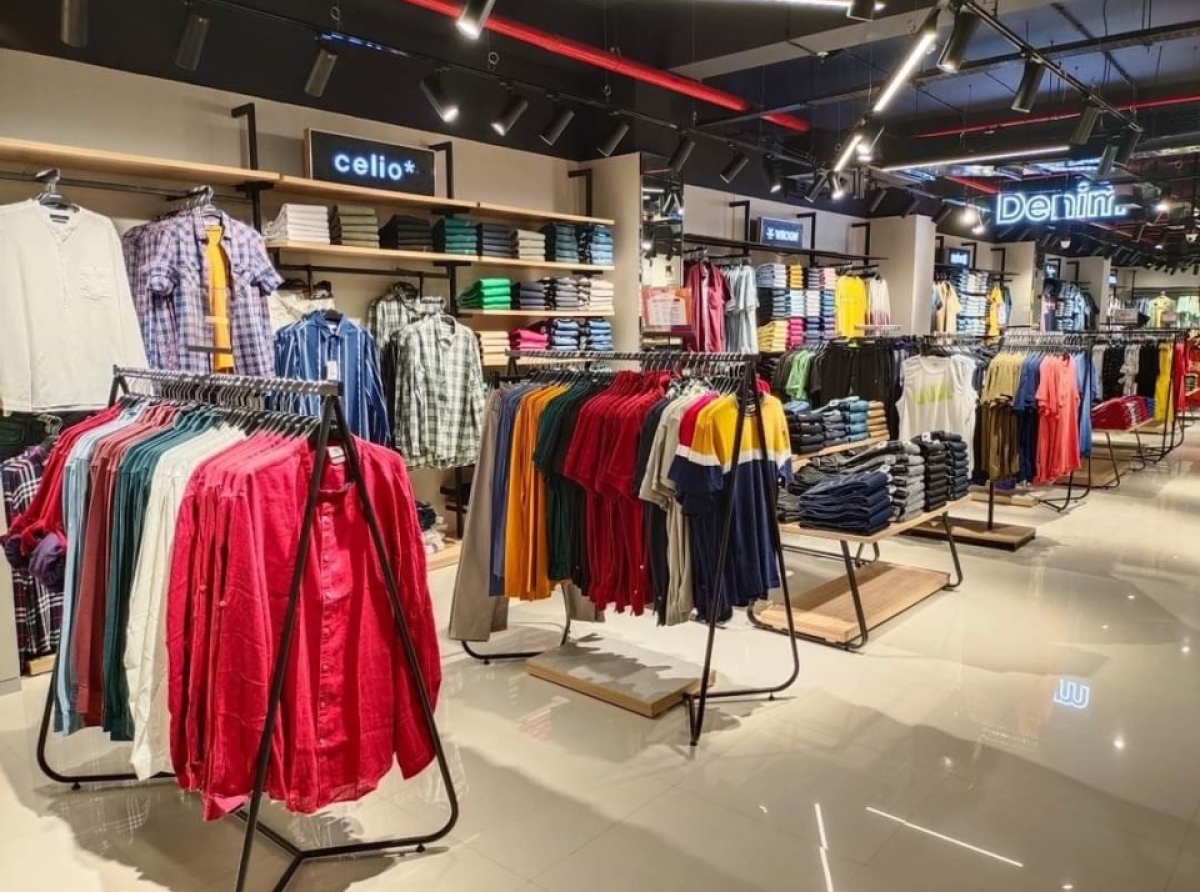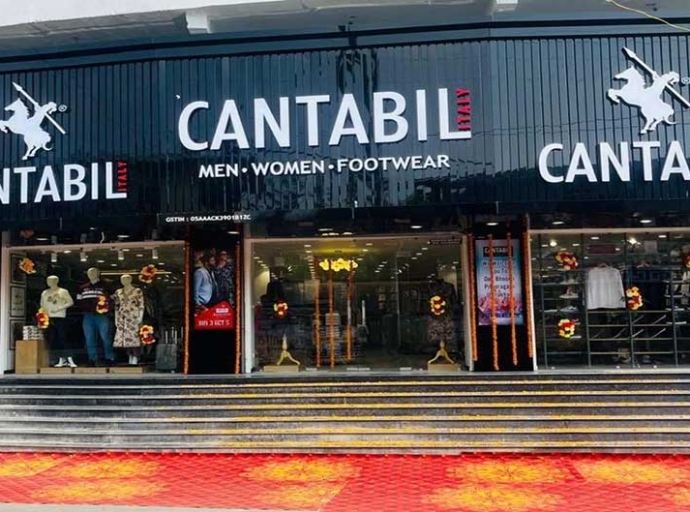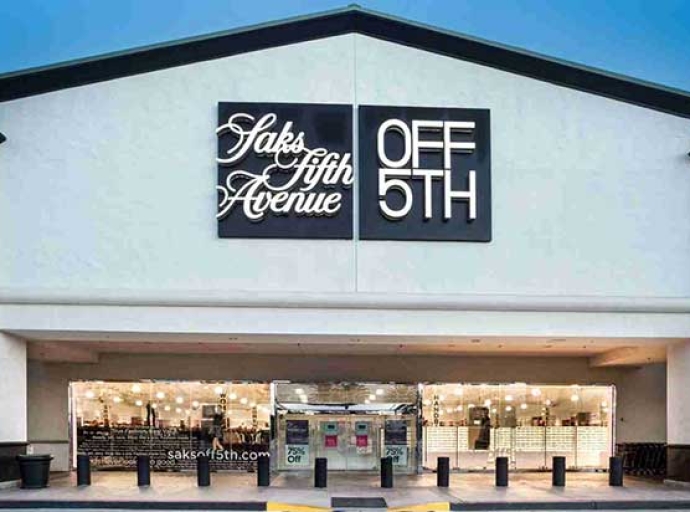India’s retail sector will see robust growth despite uncertainties: Centrum Report

19 September 2024, Mumbai
India's retail sector continues to demonstrate robust growth even as global economic uncertainties persist, according to a recent research report by the financial advisory firm Centrum. The report projects a compound annual growth rate (CAGR) of 10 per cent for the retail sector, highlighting its steady expansion. This underscores the sector's resilience and potential, offering insights into key trends, challenges, and opportunities shaping the Indian retail landscape.
Growth projections reveal positivity
The report forecasts a CAGR of 10 per cent for India's retail market between 2023 and 2028. This translates to a market estimated at $883 billion in 2023 and would be worth $1.4 trillion by 2028. E-commerce continues to be a driving force, projected to achieve a CAGR of 25 per cent during the forecast period. While brick-and-mortar stores remain dominant, the online channel is rapidly gaining ground, driven by increased smartphone penetration, affordable data plans, and changing consumer habits.
The report also highlights a growing preference for branded products, a trend particularly noticeable among the younger generation and those in urban areas. This presents opportunities for established brands and retailers to strengthen their market position. Organized retail, characterized by modern formats, structured operations, and a wider product range, is projected to outpace the overall market, growing at a CAGR of 12 per cent. This signals a gradual shift away from traditional, unorganized retail formats. Tier II and III cities will be the new frontier. In fact, the report identifies immense potential in India's smaller cities and towns. Rising incomes, higher brand awareness, and growing aspirations, making these cities attractive markets for retailers. For example, DMart, a value retailer known for its everyday low prices, has achieved remarkable success with its focus on cost efficiency and customer-centric approach. Its strong performance highlights the opportunities for retailers catering to price-sensitive consumers.
E-commerce to gain traction
The report indicates share of organized retail is expected to rise from 12 per cent in 2023 to 18 by 2028. No wonder, Reliance Retail, one of India's largest retailers, plans to add 10,000 new stores across various formats in the next few years. This aggressive expansion underscores the company's confidence in the market's growth potential. E-commerce that currently accounts for around 5 per cent of total retail sales is projected to reach 10 per cent by 2028. This explains the success of Nykaa, the online beauty and personal care retailer. It has rapidly become a household name, highlighting the potential of e-commerce in niche segments. Its success story serves as an inspiration for other digital-first retailers.
In terms of categories, food and grocery remain the largest segment, accounting for 60 per cent of the market. However, fashion and apparel category is forecasted to grow at 12 per cent CAGR, indicating its growing significance in the Indian retail landscape. Consumer electronics, and home furnishings too are expected to witness faster growth rates. Affordable fashion has become the dominant force in the industry, particularly as value fashion, which makes up 56 per cent of the total apparel market.
Meanwhile, retailers are adopting an omnichannel approach, integrate offline and online channels to provide a seamless shopping experience to consumers. The use of technology too is transforming the retail sector, with innovations like artificial intelligence, data analytics, and virtual reality enhancing operational efficiency and customer engagement.
And to gain more traction, retailers are expanding their presence in smaller cities and towns, recognizing the untapped potential and increasing consumer demand in these regions. Environmental concerns are driving retailers to adopt sustainable practices, such as reducing packaging waste, promoting eco-friendly products, and optimizing energy consumption.
Latest Publications

































